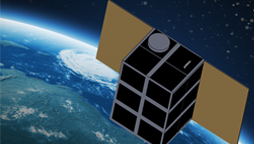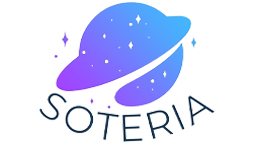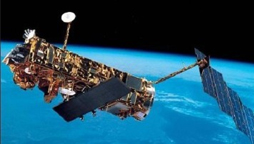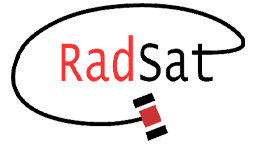Design Day 2020
For the first time in the history of our event, we held our 2020 Engineering Design Day in a virtual format via Zoom on May 6, 2020. If you were unable to attend the virtual event, please see the Aerospace Engineering projects that participated below.
Please visit our College of Engineering Design Day website, which has an archive of all of our Engineering Design Day events.
Design Day Projects


Atmospheric Characterization Carbon Dioxide
Although being an important greenhouse gas, high concentrations in our atmosphere drives global warming, disrupting the natural climate cycles. SpaceCarbs-1, a 12-U CubeSat, was designed by SpaceCarbs at SDSU as a reliable and cost-effective first iteration to support a payload sensor that can measure the amount of carbon dioxide in the Earth's atmosphere in consideration of places that are known as major sources and sinks.
- Team Members: Walker Davidson, Steven Deng, Cesar Dominguez, Stephen Yu
Mission to rendezvous and forgot the European Space Agency's Envisat as a proof of concept for future space debris removal mission.
- Team Members: Franscis Apalisok, Juan Gadd, Jason Horosny, Arthur Jollymour, Alec Richter
- Envisat Video
SDSU RadSat functions as a testbed to allow companies to fly their hardware to a radiation-rich environment and test the equipment's durability in space. This allows the companies to sell their products as a "Flight Proven" or Technology Readiness Level 9 component. This increases the likelihood that a customer will purchase this component, and in the case of component failure, the manufacture can redesign without disabling a customer's satellite.
- Team Members: revor Allen, Zach Fischer, Shaan Heugly, Jamie Lynn Blockey, Dalton Williams

Soteria Laser Communication Satellite
Laser communication does an incredible job of outputting mass amounts of data over a short period of time. It is also much more difficult to intercept and decode because of the point to point nature of lasers. That is why the idea of a satellite relay station is currently being developed by the Sat3 team. The proposed mission would involve a CubeSat structure being launched into the geosynchronous orbit that would allow satellite to satellite communication as well as satellite to ground communication in clear skies.
- Team Members: Paul Anderson, Paul Fuerte, Luke Hedberg, Jarod Heise, Marcus Reed



